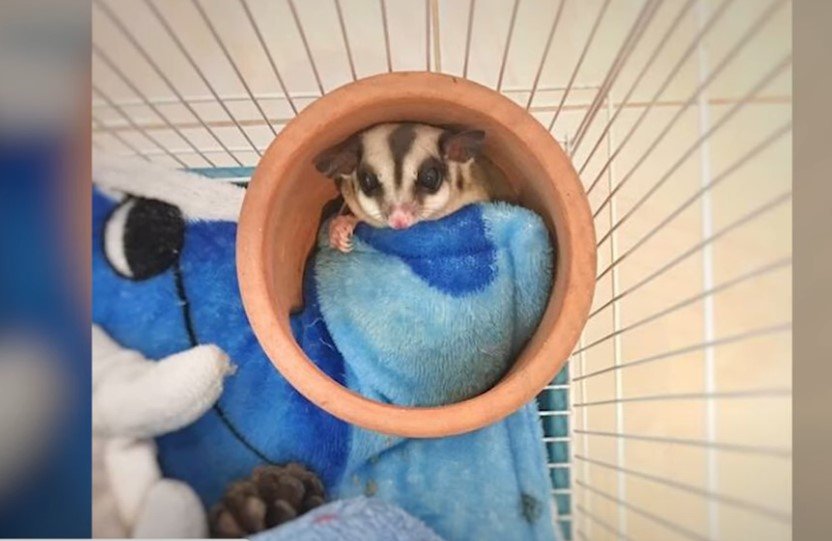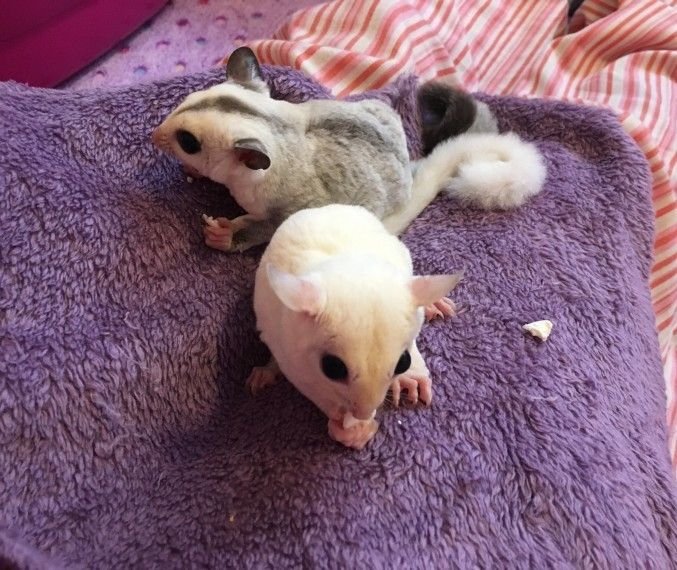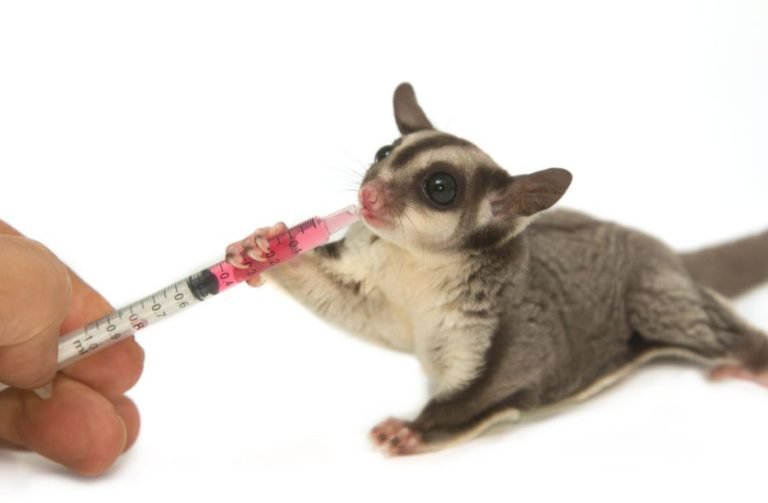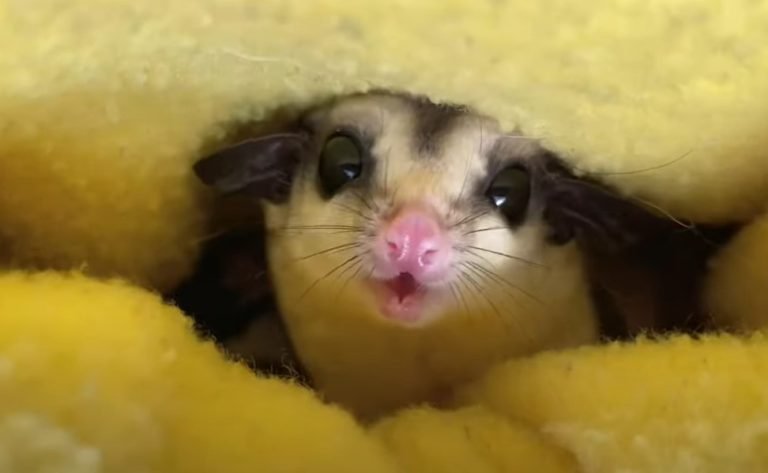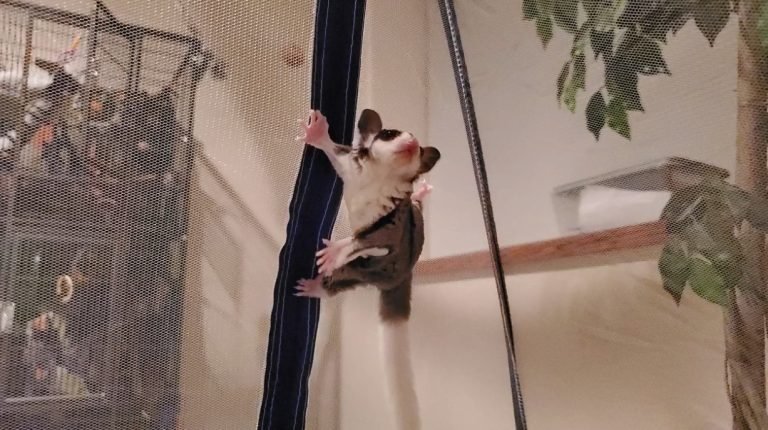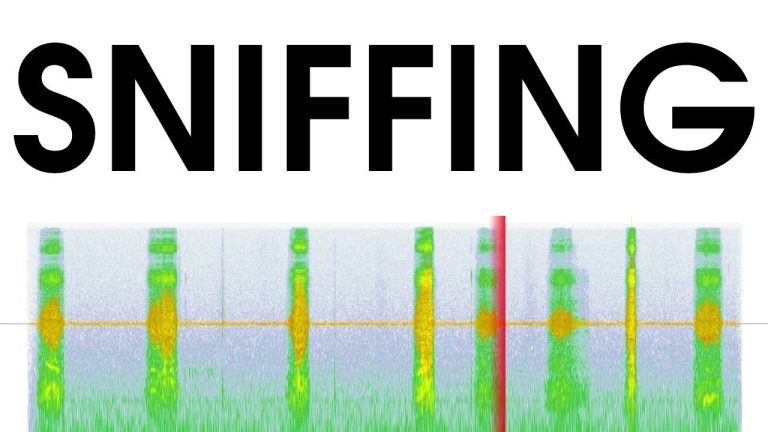What Temperature Do Sugar Gliders Need
What Temperature Do Sugar Gliders Need?
When it comes to the temperature needs of sugar gliders, it is important to provide them with an environment that mimics their natural habitat. Sugar gliders are native to the warm and humid forests of Australia, Indonesia, and New Guinea. Therefore, it is crucial to keep their living space at the right temperature to ensure their health and well-being.
What Temperature Range is Ideal for Sugar Gliders?
Sugar gliders thrive best in temperatures ranging between 68°F (20°C) and 77°F (25°C). This temperature range closely resembles the warm and tropical environment they are accustomed to in the wild. It is essential to maintain a consistent temperature within this range to keep your sugar gliders comfortable.
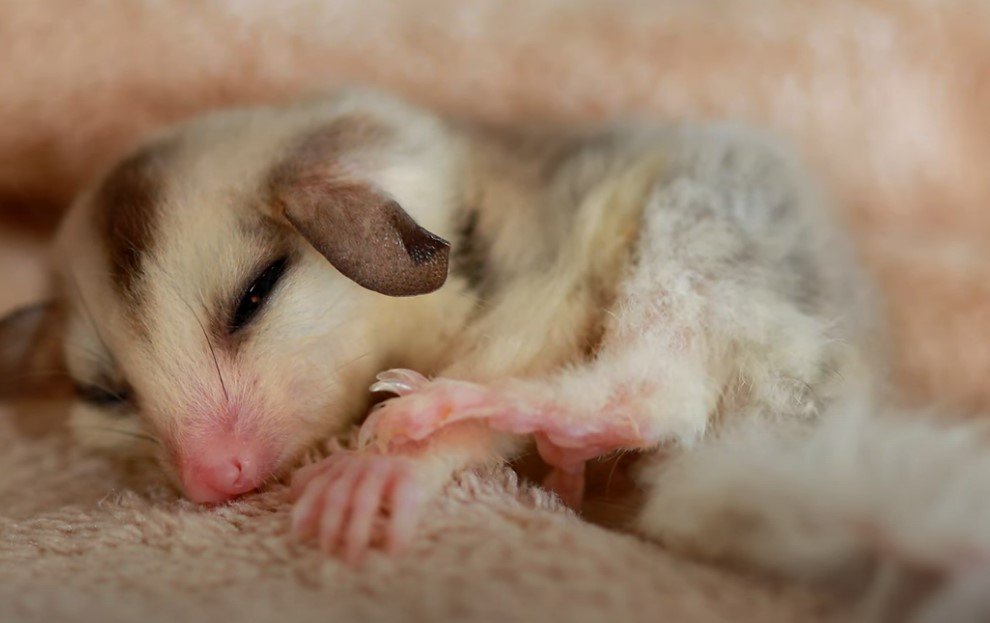
Why is Temperature Regulation Important for Sugar Gliders?
Temperature regulation is vital for the overall health and survival of sugar gliders. Their bodies are specifically adapted to function optimally within their native habitats. Any significant deviations from their ideal temperature range can lead to stress, illnesses, and even death.
The Consequences of a Temperature That is too Cold
If the environment becomes too cold for sugar gliders, they can suffer from several health issues. Their body temperature will start to drop, which can result in torpor. Torpor is a state of lowered metabolic activity where the glider’s body slows down to conserve energy. While this can be a natural adaptation to cold temperatures in the wild, it can be dangerous if they enter torpor for extended periods without proper care.
Prolonged exposure to cold temperatures can also weaken their immune system, making them more susceptible to illnesses. Sugar gliders may develop respiratory infections, pneumonia, or even hypothermia if they cannot warm up.
The Consequences of a Temperature That is too Hot
On the other hand, if the environment becomes too hot, sugar gliders can also face health challenges. They are highly susceptible to heat stress due to their dense fur coats and their inability to sweat. Heat stress occurs when they cannot effectively cool down their bodies, leading to potential heat exhaustion or heat stroke.
Symptoms of heat stress in sugar gliders include excessive panting, lethargy, loss of appetite, and an increased heart rate. If left untreated, it can quickly escalate into a life-threatening condition.
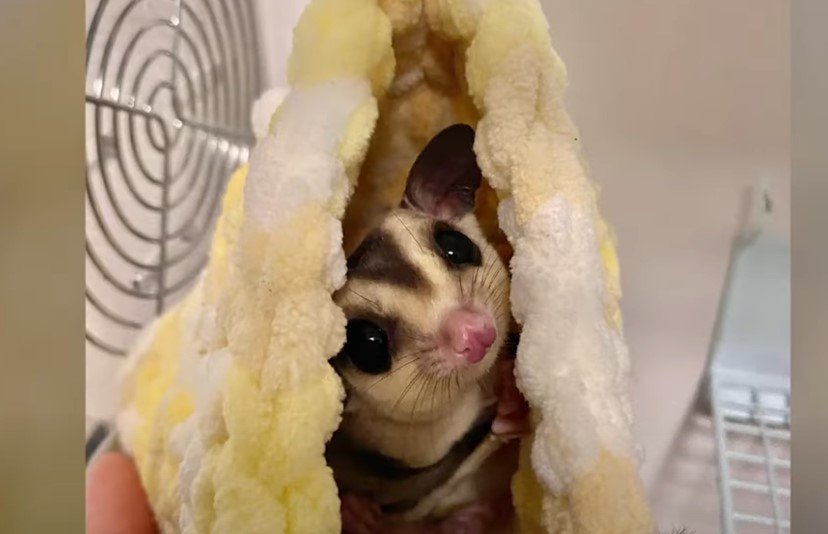
How to Maintain the Ideal Temperature for Your Sugar Gliders
To ensure that your sugar gliders live comfortably and avoid any temperature-related issues, it is essential to create the ideal environment for them. Here are some tips on how to maintain the ideal temperature for your sugar gliders:
1. Use a Room Thermometer
Invest in a room thermometer to monitor the temperature in the room where your sugar gliders reside. This will give you a clear idea of the temperature range and help you adjust accordingly.
2. Utilize Heating and Cooling Devices
Depending on the climate and temperature fluctuations in your area, you may need to use heating or cooling devices to maintain the optimal temperature for your sugar gliders. This can include space heaters, heat lamps, fans, or air conditioning units.
3. Insulate the Enclosure
Ensure that the enclosure or cage is properly insulated to regulate the temperature inside. This can involve using insulating materials such as foam panels, blankets, or even thermal curtains to trap heat in cooler months or keep the enclosure cool during warmer weather.
4. Create a Temperature Gradient
Provide your sugar gliders with various temperature zones within their enclosure. This will allow them to move to areas that suit their comfort preferences. You can achieve this by placing thermal pads or heat rocks in one area and leaving other spots cooler.
5. Monitor Humidity Levels
In addition to temperature, it is crucial to monitor and maintain proper humidity levels for your sugar gliders. Aim for a humidity range of 40-60%. Use a hygrometer to measure humidity levels and make adjustments as necessary using humidifiers or dehumidifiers.
Frequently Asked Questions
Q: Can sugar gliders tolerate lower temperatures briefly?
A: Sugar gliders can tolerate lower temperatures for short durations if they have access to a warm and cozy nesting area. However, prolonged exposure to cold temperatures can be detrimental to their health.
Q: Can I use a heating pad to warm the enclosure?
A: Heating pads can be used to warm certain areas of the enclosure, but it is important to monitor the temperature closely to prevent overheating. Ensure that the heating pad has a thermostat or temperature control feature to prevent excessive heat.
Q: Should I avoid drafts near the enclosure?
A: Yes, it is crucial to avoid placing the sugar glider enclosure in drafty areas. Drafts can cause temperature fluctuations and may lead to health issues for sugar gliders.
Q: How do I know if my sugar gliders are too hot or too cold?
A: Observe your sugar gliders for signs of discomfort. If they appear lethargic, have trouble breathing, or exhibit other unusual behavior, it could indicate that they are either too hot or too cold. Use a thermometer to gauge the temperature in their environment and make adjustments accordingly.
Final Thoughts
Maintaining the ideal temperature range for sugar gliders is a crucial aspect of their overall care. By providing them with the right conditions, you can ensure their health, well-being, and longevity. Regularly monitor the temperature and make necessary adjustments to create a comfortable environment for your sugar gliders to thrive. Remember, their natural habitat is warm and tropical, so mimicking those conditions will have a positive impact on their overall health and happiness.

